Waste Water Treatment
- Home
- Waste Water Treatment
Waste Water Treatment
Featured Waste Water Treatment Listings
Browse Waste Water Treatment Companies
Waste Water Treatment Ireland
Ireland’s wastewater treatment landscape has undergone significant transformation in recent years, driven by a growing awareness of its environmental impact and the need for robust infrastructure. As of 2021, the country treats approximately 1.6 billion litres of wastewater daily, with 80% of the population connected to public sewerage systems. However, the Environmental Protection Agency (EPA) reports that untreated sewage from 34 towns and villages still flows into rivers and coastal waters, posing serious risks to public health and marine ecosystems. This sobering statistic underscores the urgent need for continued investment in Ireland’s wastewater treatment infrastructure, which has seen a substantial boost with a €1.2 billion funding increase announced in 2020 to address these critical issues.
Technological advancements are playing a pivotal role in revolutionising Ireland’s approach to wastewater treatment. The country is increasingly adopting innovative solutions such as Membrane Bioreactor (MBR) technology, which combines biological treatment with membrane filtration, resulting in superior effluent quality. In urban areas, smart sensors and AI-driven systems are being implemented to optimise treatment processes and reduce energy consumption. Conversely, rural regions are exploring nature-based solutions like constructed wetlands and reed bed systems, which offer sustainable and low-maintenance alternatives. These contrasting approaches highlight the diverse challenges faced across Ireland’s varied landscape. Recent initiatives, such as the Ringsend Wastewater Treatment Plant upgrade in Dublin – the largest in the country – demonstrate Ireland’s commitment to embracing cutting-edge technology. This €500 million project will increase the plant’s capacity by 50%, significantly reducing pollution in Dublin Bay and setting a new standard for wastewater treatment in Ireland.
